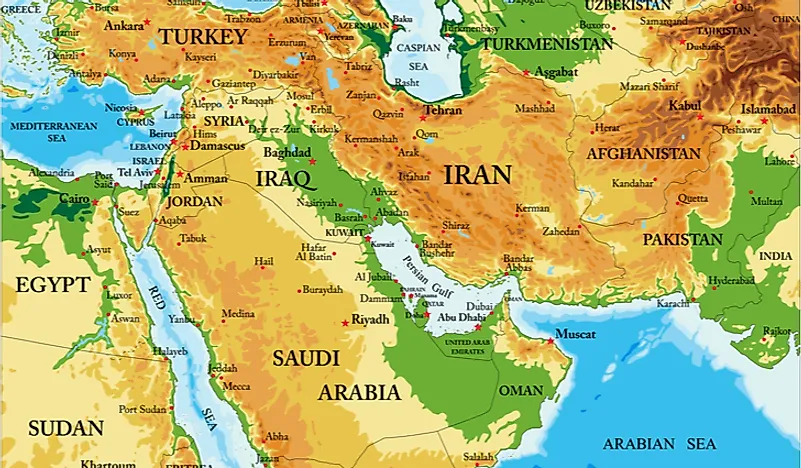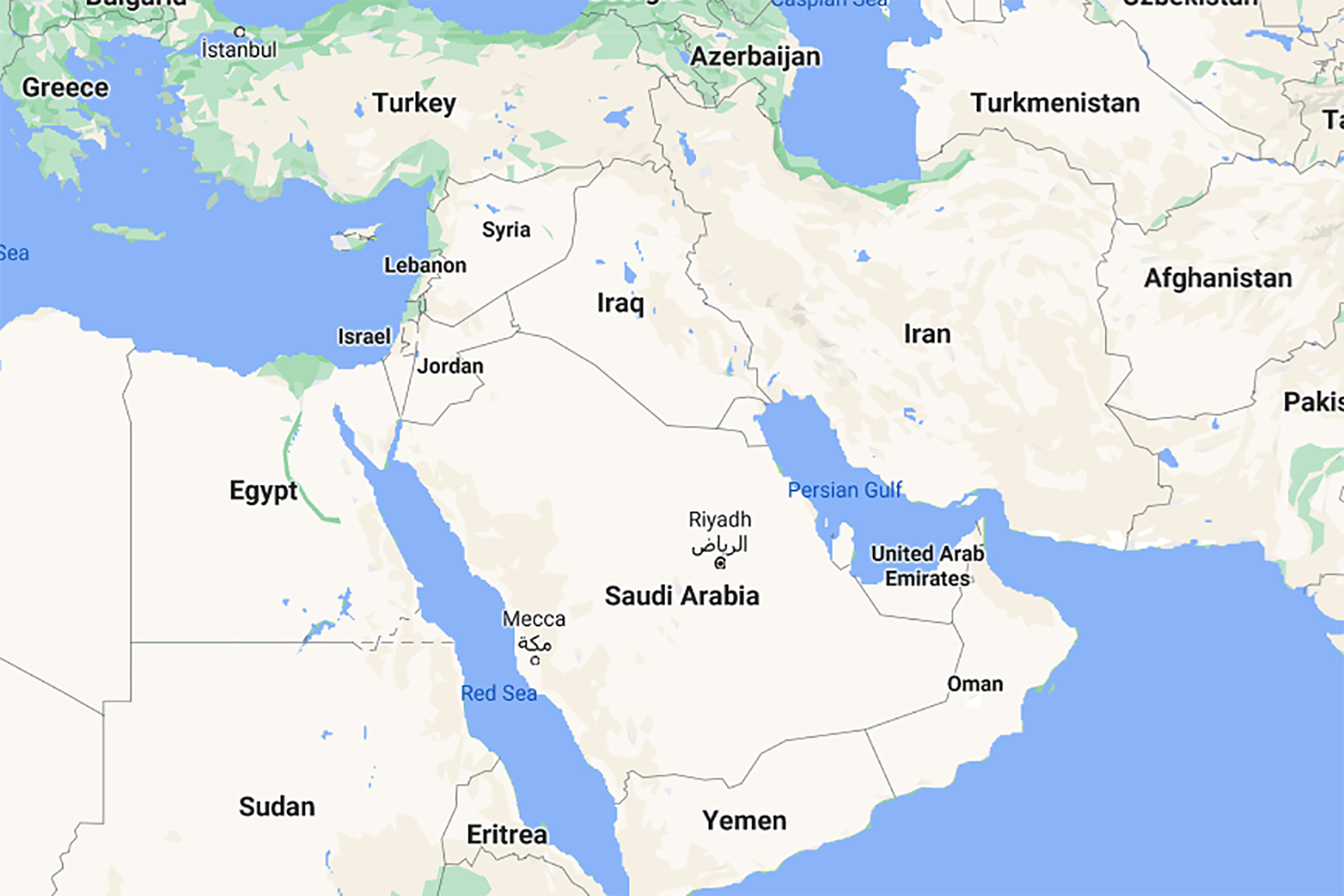


This was due to the confluence of three main factors. In Egypt, a conception of information about the state as a public good-about a public “right to know”-crystallized in the last quarter of the nineteenth century. By the century’s end, a vocal “public” was demanding to know more. When the nineteenth century began, states did not share basic details of how they functioned, such as the scale of debts and revenue, or the size of their armies, with people outside government.
#Middle eastern series
Between the 1870s and the 1950s, a series of challenges to imperial governance, each tied to war or its specter, brought a pair of contentious questions into focus: What did the public have the right to know? And what was the state entitled to conceal? Coveting an empire of its own in East Africa, it was enmeshed in the Ottoman Empire and, after 1882, in the British Empire, too. With the opening of the Suez Canal in 1869, Egypt lay at the center of global networks of trade, transport, and technology. This dissertation investigates this apparent paradox from the vantage point of Egypt. But in many places, the same period witnessed the reimagining and retrenchment of official secrecy. Beginning in the mid-nineteenth century, the explosion of mass media and communications connected people across much of the world and made it possible to transmit more information across longer distances than ever before. This is a history of information and its control as a political battleground. Duggan, William Granara, Rafika Hammoudi, Dominique Jullien, Abdelfattah Kilito, Magdalena Kubarek, Michael James Lundell, Ulrich Marzolph, Adam Mestyan, Eyüp Özveren, Marina Paino, Daniela Potenza, Arafat Abdur Razzaque, Ahmed Saidy, Johannes Thomann and Ilaria Vitali. The essays in this volume scrutinize the expanse of sources for this monumental work of Arabic literature and follow the trajectory of the Nights’ texts, the creative, scholarly commentaries, artistic encounters and relations to science.Ĭontributors: Ibrahim Akel, Rasoul Aliakbari, Daniel Behar, Aboubakr Chraïbi, Anne E.

Material inspired by the Nights has continued to emerge from many different countries, periods, disciplines and languages, and the scope of the Nights has continued to widen, making the collection a universal work from every point of view. The Nights gradually entered world literature through the great novels of the day and through music, cinema and other art forms. It takes its place within a middle literature that circulated widely in medieval times. The Thousand and One Nights does not fall into a scholarly canon or into the category of popular literature.


 0 kommentar(er)
0 kommentar(er)
